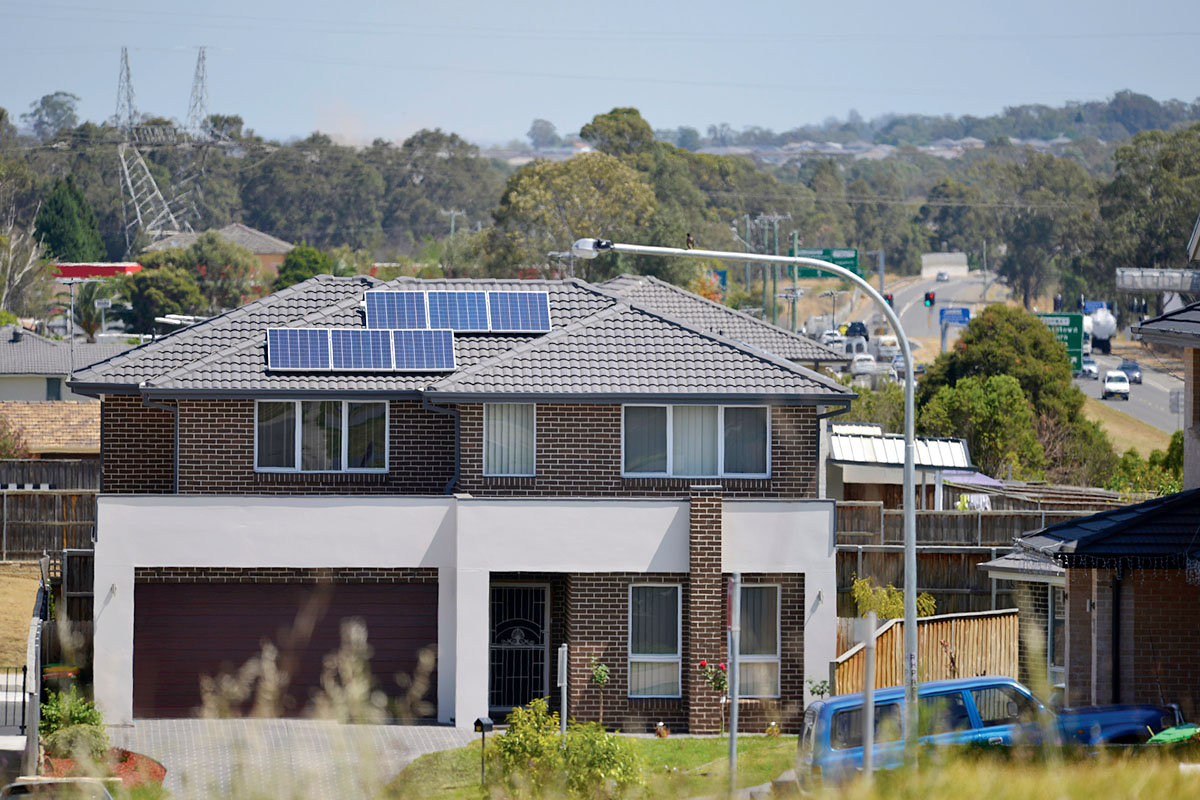Utility and services infrastructure provide basic needs that significantly improve a community's quality of life. This infrastructure spurs social and economic growth.
The State Environmental Planning Policy (Transport and Infrastructure) 2021 – also known as the Transport and Infrastructure SEPP – includes provisions (legal conditions) to streamline the approval processes for utility and services infrastructure. This can help speed up the construction of critical infrastructure, ensuring communities can access necessary services.
Small-scale renewable energy systems
Small-scale renewable energy systems have become significantly cheaper in recent years, increasing their popularity. The development of battery storage technologies is expected to play a vital role in growing solar energy.
Under the NSW planning system, small-scale renewable energy systems are primarily governed by Division 4 Electricity generating works or solar energy systems of the Transport and Infrastructure SEPP.
Small-scale solar energy systems covered by the Transport and Infrastructure SEPP include:
- photovoltaic systems
- solar hot water systems
- solar air heating systems.
The Transport and Infrastructure SEPP also includes pathways for small-scale battery systems and wind turbines. Additional provisions may be included in the relevant local council’s Local Environmental Plan (LEP) and/or Development Control Plan (DCP).
For more information about large scale renewable energy systems go to renewable energy.
Telecommunications
Modern telecommunications are central to our lives. They affect our personal lives and the way we work and do business. When developing telecommunications facilities, the Transport and Infrastructure SEPP prescribes:
- planning approval pathways
- development standards
- matters to consider.
In 2022, the NSW Government made changes to support faster and easier upgrades to telecommunications. These changes aim to improve mobile coverage and increase internet speed across NSW. High-quality telecommunications provide greater connectivity for communities and workplaces.
Division 21 Telecommunications and other communication facilities of the Transport and Infrastructure SEPP provides the planning pathways for telecommunication infrastructure.
The NSW Telecommunications Facilities Guideline, Including Broadband (PDF, 1 MB) explains the statewide planning provisions and development controls for telecommunication facilities in NSW. The guideline supports the rollout of broadband in NSW. It aims to ensure that wireline and wireless telecommunications infrastructure, including broadband, can be provided efficiently and cost-effectively to meet community needs.
Protecting fuel pipelines
Fuel pipelines transport essential materials, such as natural gas and fuel, that keep our communities running. It's important that we protect them and the communities around them.
In 2024, changes to better protect fuel pipelines from new development began. The changes will strengthen measures to manage potential risks earlier in the planning process.
For more information on the changes protecting fuel pipelines, visit the NSW Planning Portal.
The Guideline for planning proposals near high-pressure dangerous goods pipelines helps planning authorities, pipeline operators and proponents identify and consider safety risks for planning proposals in the vicinity of high-pressure dangerous goods pipelines. It also provides requirements for proponents considering land use safety risk at the planning proposal stage.
More information
For more information on the changes, email the policy team at [email protected]
